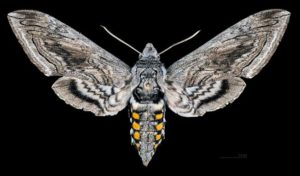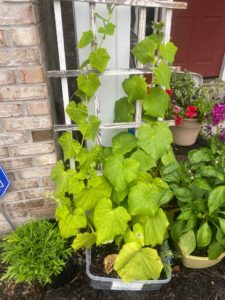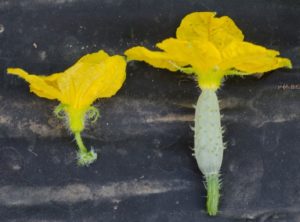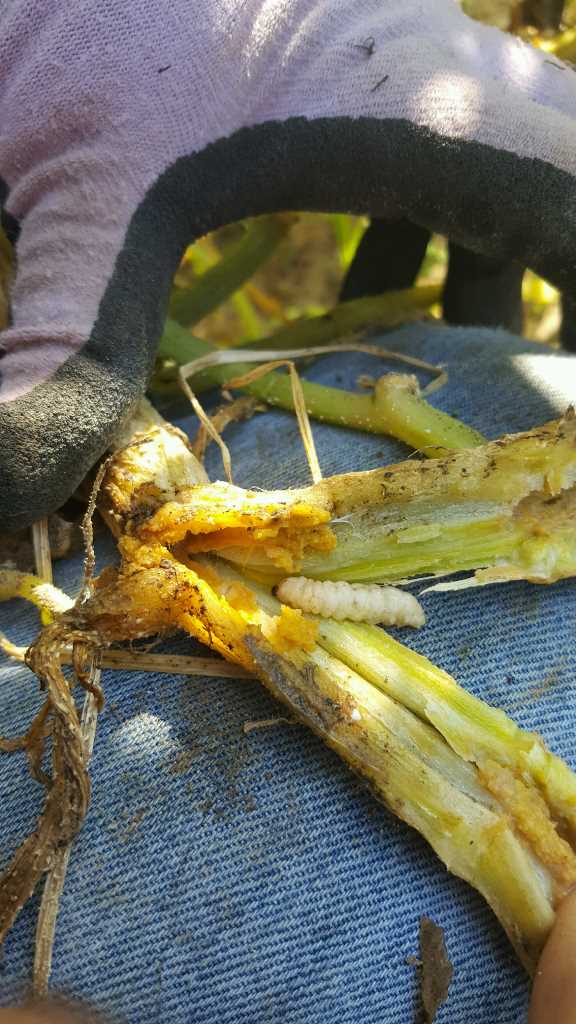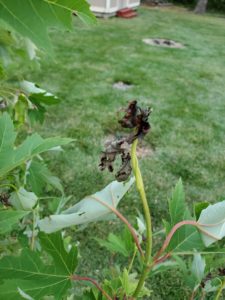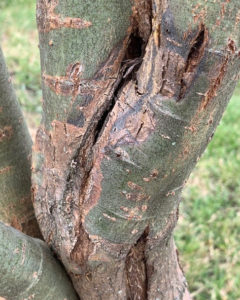This question was submitted by Barbara. Researched and answered by Advanced Master Gardener Elaine.
What is your question for a Master Gardener?
I have what looks to be a columbine plant that I planted from seed. This is the second year for it and I thought it would bloom this past spring but it did not. Why? It is very large. I live in Indy

Barbara,
In answer to your question about the Columbine you started from seed, (and, yes, the picture you sent is definitely Columbine) I would be patient. When started from seed, Columbine may not bloom until the second or third year. They are short-lived perennials but, fortunately, are prolific re-seeders. I would say that your plant should bloom next Spring. Then prepare for many more Columbine coming up the following year. I’ve had them come up between the cracks in the sidewalk. They can tolerate a variety of conditions and are practically pest-free, except for leaf miners. In the wild, I’ve seen them growing in dense, dry shade out of the side of a sheer rock clift. The garden variety seem to have retained that spunky DNA.
Your Columbine looks healthy in the picture so it has probably been spending the last couple years developing a good root system. More than likely, you will be rewarded with beautiful blooms next Spring.
Thank you for visiting our website.
Elaine
Hancock County Master Gardener Association


